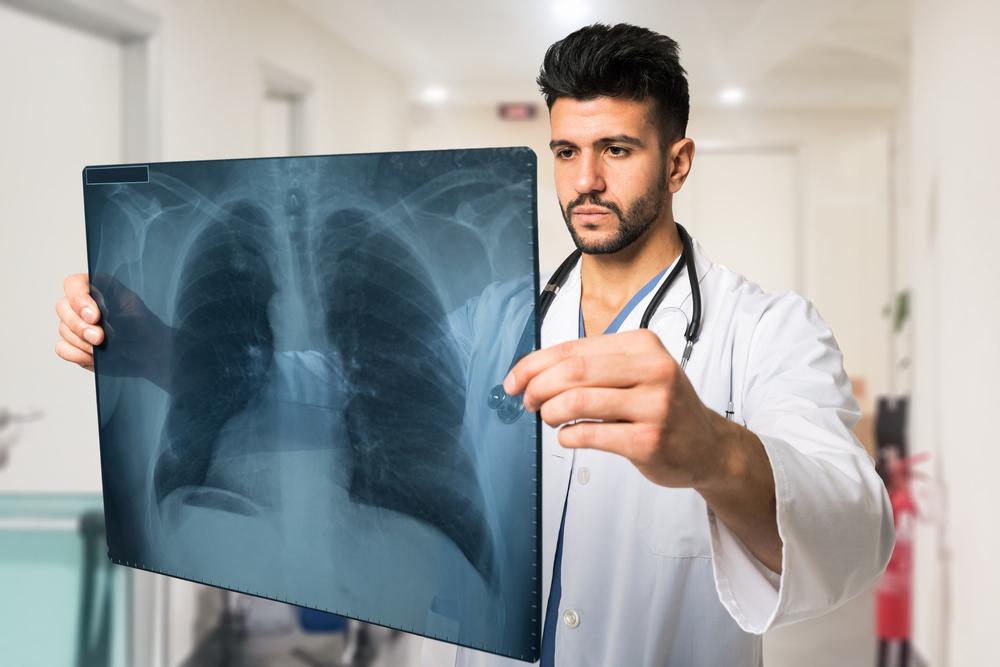
Diagnosis and stages of lung cancer
Lung cancer is a lung disease that affects the functioning of the organ. The lungs are attacked by cancerous cells that cause numerous complexities. Once the doctors assess the symptoms and if they detect abnormalities in symptoms a series of tests will be done to reach a diagnosis.
X-Rays
They are the first imaging test that doctors recommend to understand the cause. This will help identify tumors that are about 1 cm wide. Very small or tumors hidden by other organs cannot be detected by X-rays.
CT scan
Small tumors can be detected and they also give clear information about the lymph nodes.
PET scan
With the help of a radioactive dye that is injected, cancer cells are highlighted. This test also helps to stage of cancer, if diagnosed positive.
Spirometry
This test helps to assess the functioning of the lungs.
Sputum Cytology
If one expels phlegm during cough, this test will be done. A microscopic examination will help detect the presence of cancer cells if any.
Biopsy
If any of the above tests, lead to suspicion of cancer, a biopsy will be done to confirm if the tumor cells are cancerous or not. Procedures to do the biopsy are:
- CT guided core biopsy
If the tumor is detected in the outer part of the lungs, a needle is inserted and guided with a CT scan to recover a part of the tumor. - Bronchoscopy
This helps to reach tumors in the airways or bronchi. A bronchoscope, a flexible tube with a light is inserted through the mouth or nose into the windpipe and the bronchi. Tumor tissue is removed using fluids and then extracted or using brushes remove the cells - Endobronchial Ultrasound
This test helps reach tumors deeper inside the lungs. A bronchoscope is attached with an ultrasound probe. Using soundwaves, pictures are created, and the doctors are able to locate and measure the tumor. Vomiting a small amount of blood and sore throat are side effects of this test. - Mediastinoscopy
This test is done only when tissue is needed from the area between the lungs and the chest wall. A rigid tube is passed through a cut in the front of the neck to reach the trachea and the tissue is removed. Overnight stay at the hospital will be required to observe the patient - Thoracoscopy
If the doctors are unable to arrive at a diagnosis with the help of other tests, this is done. It is a surgical procedure where two small cuts are made in the chest. Thoracoscope an instrument with a camera is inserted to remove tissue. This procedure will require hospitalization.
- Gene Mutation Testing
Changes in genes can also cause. Some genetic mutation has been noticed in patients with lung cancer. Some tumor tissues can also be tested for genetic mutation.
These tests also help to identify the severity of primary cancer in four stages.
- Stage 1
Cancer is limited to the lung and has not spread outside. - Stage 2
Cancer has spread to the lymph nodes close to the lungs. - Stage 3
Cancer is in the lung, lymph node and the chest. - Stage 4
Cancer has spread to both lungs, and to other organs.
Treatment is based on the severity of cancer and the patient’s current health condition.


